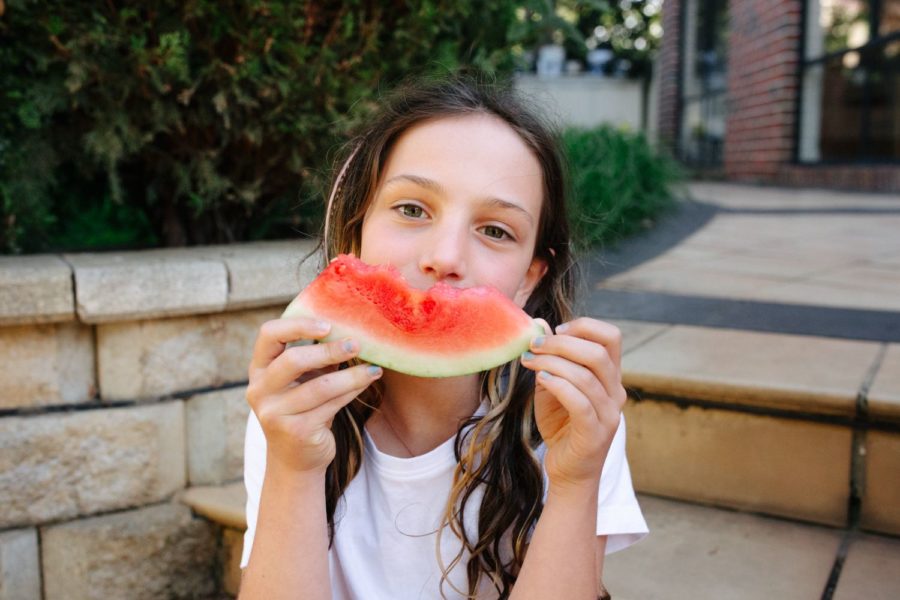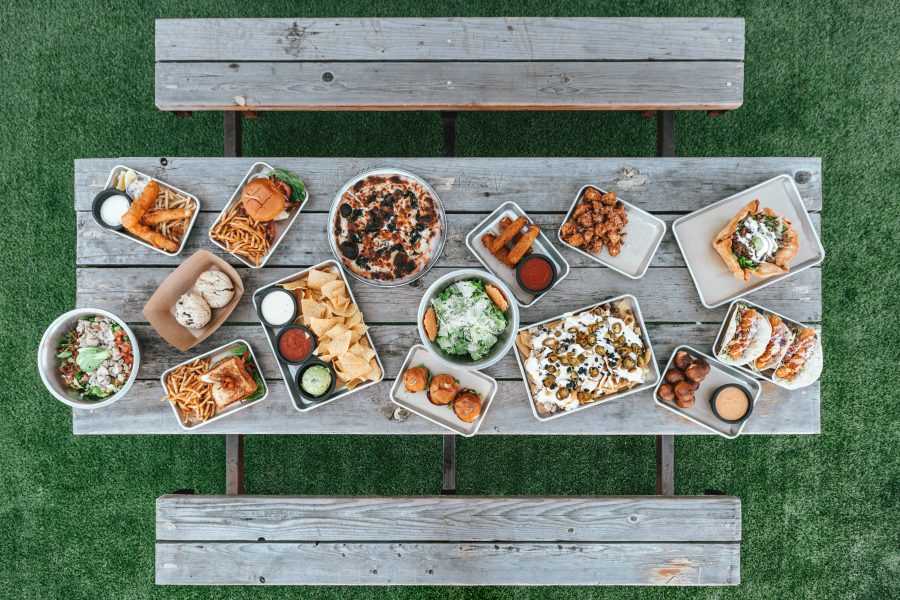What are the main factors that influence what we choose to eat? For some it might be nutrition, for others budget, for others culture…but it’s hard to go past taste. Things need to taste nice, for us to want to eat them.
There are five different kinds of taste, including, sweet, salty, bitter, sour and unami. For those of you that are new to the fifth taste, unami encompasses the experience of savoury or meaty foods. Examples of common foods with a strong unami taste include meats, seaweed, aged cheeses, mushrooms, or soy products.
So how is taste developed?
We are all born with a preference for sweet and salty foods. The innate attraction to sweet and fatty foods ensures that infants will seek and accept breastmilk, which is sweet because it contains a sugar called lactose. Throughout human evolution, sources of salt were scarce. Salt, or sodium, is not something that the body can produce, so it must be acquired through the diet. Considering this, the preference for salty taste encourages infants to consume foods containing the essential mineral.
Bitter is a taste that we need to learn to like. We now know that perception of bitter taste is closely linked to genetics, with 25 bitter taste receptor genes contributing to sensitivity with both synthetic and natural bitter chemicals. Sensitivity to bitter taste also declines with increased age, explaining why infants and young children have a more prominent aversion to foods with bitter taste. This can include vegetables such as broccoli or brussels sprouts, foods that we know children tend to avoid.
A term that you might have come across is super taster. Super tasters have more taste buds than the average taster, meaning that they have an increased sensitivity to the tastes found within food. This may result in avoidance of foods that have intense tastes. On the other end of the spectrum are non-tasters, who have less taste buds than the typical person. Non-tasters are more likely to find foods bland, commonly referencing intensely spiced or salted foods. We are all different, even in our taste buds!
So whilst we might be biting into the same dish, we are tasting it differently. What might taste bland to you, might taste ‘spicy’ or ‘strong’ to our children and we need to respect this. Some bread or yoghurt or milk on the side, might help mellow the flavour as they learn to like the dish. Or you might cook the dish with a little less chili and people can add their own at the table. One meal, small tweaks.
So the real question is, can we influence our taste?
Luckily, the answer is yes.
Our taste buds can be trained through exposures. By consuming the previously food on a repeated number of occasions, we can train our taste buds to like that food. But to be successful, this ‘training’ cannot be forced or pressured. Children need opportunities to learn in their own time,
The most influential period for developing taste preferences is during childhood. The greater the familiarity with a food, the more likely that the individual will continue to eat that food as they mature. However, children are not the only ones that can influence their taste. For example, if an adult were to reduce the amount of salt in their diet, they would initially be aware of the taste difference, likely finding the food bland. However, if this person continued with a reduced salt diet, after a few weeks they would become more sensitive to salt, likely being unable to tolerate the same amounts that they were previously consuming. This is because your taste buds regenerate every few weeks. The same is true for learning to like vegetables, the more we are exposed to them, in different ways, we can learn to like them. We can also add flavours to vegetables or foods to help us, like honey (for children over 12 months) on carrots, butter and cheese on veggies and serving with sauces.
Though taste is important to our experiences with food, it is not the only sense that contributes. You may have heard the expression “you eat with your eyes”. This refers to the idea that we initially assess the appearance of food, anticipating the flavours we are likely to find. Kids can be more tentative with green foods, as they are more likely to contain tastes that are less palatable at their age, like bitterness. So, try starting with tiny portions of ‘learning’ foods and larger portions of ‘accepted; foods. Or better yet, start the meal with empty plates and serve the meal family style (in the middle of the table) and let everyone help serve themselves.
Texture is another important factor, with preferences in food texture relating to the development of the jaw and mouth. Children have an inclination for softer foods with uniform textures, sometimes avoiding foods that are more difficult to orally process. This may be why kids have difficulty with chewy foods such as meats, because a significant amount of work is required to make the food suitable to swallow. Soft cooked meats and mince are a great place to start. But remember to slowly increase the textures of foods, so children can learn to accept them.
Why crackers?
So it is no wonder that children often prefer beige coloured crackers that are always uniform in colour, texture and taste. Think of a carrot, it is not always exactly the same orange, it is always a slightly different flavour and it is soft when cooked and crunchy when raw. As children like to know what to expect, it is no wonder veggies can take a little longer to like than crackers.
So there is a lot more behind our food and flavour preferences than we once thought, and what we now know can explain some of the common food behaviours we see in kids. Understanding why we gravitate towards certain foods and how we can retrain our taste may make it a little easier to relate to our kids’ perception of food.









